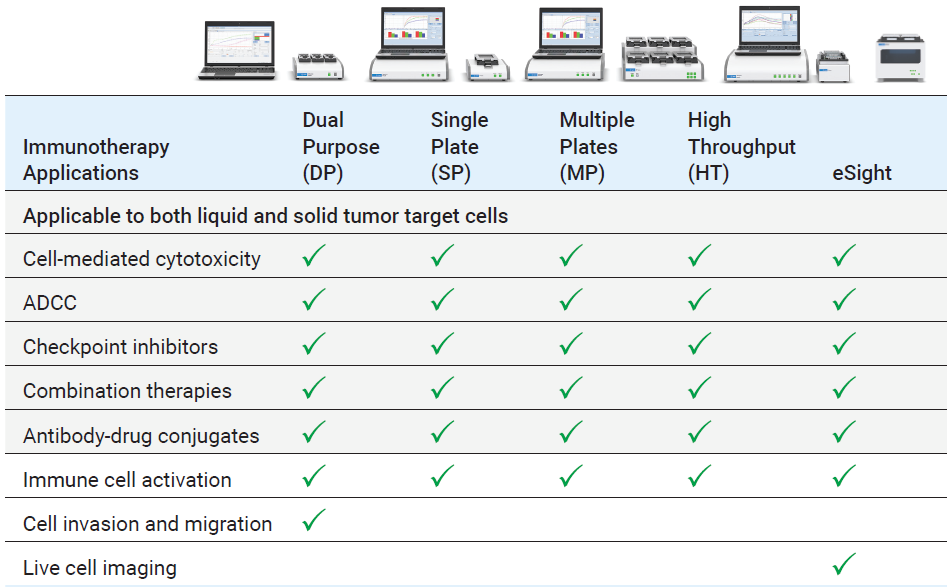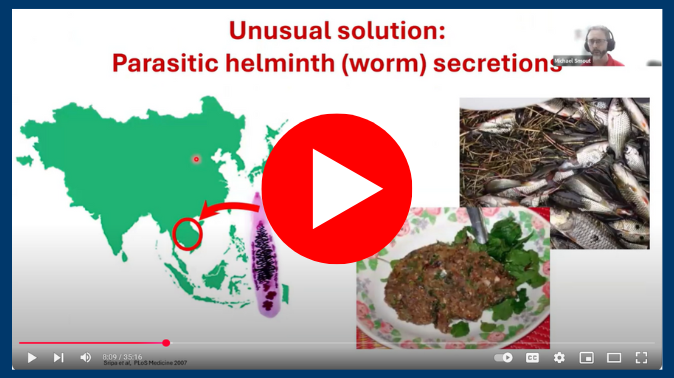Category: Customer Spotlight
Mabtech IRIS 2 in Immunology Research: Insights from Dr Liam Kealy
Introduction
When accuracy, sensitivity, and throughput matter, immunologists are turning to advanced platforms like the Mabtech IRIS 2. Dr. Liam Kealy, Postdoctoral Researcher at Monash University, recently shared his insights into how the IRIS 2 elevated his work on plasma cells and antibody secretion and his experience working with Millennium Science. His testimonial highlights why the IRIS 2 is considered a gold standard for ELISpot, FluoroSpot, and viral focus-formation assays.


The Research Challenge: Studying Plasma Cells and Antibodies
Before adopting the Mabtech IRIS 2, Dr. Kealy and his team faced a significant challenge: the need for a multiplex approach to directly study plasma cells and the diverse antibodies they secrete. Conventional workflows lacked the flexibility and precision required for such complex immunology studies.
Gold-Standard Accuracy in Spot Detection
The Mabtech IRIS 2 solved this challenge by providing high-throughput, accurate, and user-friendly spot detection. According to Dr. Kealy:
“The IRIS 2 by Mabtech stands as the gold standard in spot detection and analysis. Equipped with advanced software, it enables high-throughput spot counting with unparalleled accuracy. Moreover, it is capable of detecting up to four colours and can provide users with additional metrics like relative spot volume.”
Applications in Immunology
This capability has opened new possibilities for his research, including ELISpots, FluoroSpots, and viral focus-formation assays. With its ability to measure multiple analytes simultaneously, the IRIS 2 enables researchers to collect richer datasets while saving time and samples.

Advanced Analysis with the Mabtech IRIS 2
The intuitive interface and advanced software tools mean researchers can move seamlessly from data acquisition to analysis. For immunologists studying antibody secretion, vaccine responses, or infectious disease mechanisms, this efficiency translates to deeper insights and faster progress.
Experience working with Millennium Science
Equally important, the collaboration with Millennium Science has played a role in supporting Dr. Kealy’s research goals. He notes:
“I always immensely enjoy chatting science with Millennium Science and working with their team to design bespoke strategies to tackle my research questions.”

Takeaway
For researchers seeking accuracy, flexibility, and high-throughput performance in multiplex immunology assays, the Mabtech IRIS 2 offers a user-friendly solution trusted by leading scientists.
Exploring the microbial landscape of No- and Low-Alcohol wines
Why watch
The fast-growing no- and low-alcohol (NOLO) category brings fresh microbiology challenges: dealcoholisation can affect microbial stability and sensory profile, and lower ethanol can increase spoilage risk. This concise session explores what’s changing in the microbial landscape – and what that means for QA.
What you’ll learn
- How dealcoholisation impacts microbial stability and the sensory profile of wines.
- An overview of >800 microorganisms isolated across process stages, and how DNA sequencing was used for identification.
- Insights from testing a subset for tolerance to ethanol and common antimicrobials.
- Practical strategies to manage spoilage and support product stability in NOLO winemaking.
Speaker
Andrea Bustos Jarufe is a Master’s candidate in Wine Microbiology at the University of Adelaide, working within the CRC-P “Advancement of Australian Lifestyle Wines”. Her research focuses on improving microbial stability and sensory quality in dealcoholised wines.
On this page
In the Lab with Dr Sabrina Sofia Burgener
Live Cell Imaging of Inflammasome Signalling
In this webinar, Dr Burgener shares how Agilent technologies, including the Cytation 5 Cell Imaging Multimode Reader, have advanced her inflammasome research by enabling high-throughput live-cell imaging over time – providing dynamic insights into inflammasome activation and signalling outputs.
What you’ll learn:
- The role of the NLRP3 inflammasome in immune defence and sterile inflammation
- Key mechanisms: CASP1 activation, cytokine release, gasdermin D cleavage, and pyroptosis
- Limitations of single-endpoint assays in inflammasome research
- How live-cell imaging enables temporal analysis of ASC speck formation, cytokine secretion, and cell death
- Newly established, standardised assays for tracking inflammasome activation in real-time
On this page
In the Lab with Dr Michael Smout
xCELLigence, Hookworms and Wound Healing with Dr Michael Smout. Webinar Recording Now Available!
Recently, Dr Michael Smout from James Cook University, provided an insightful webinar where he delved into his pioneering research on parasitic worms and their potential in advancing wound healing therapies. Central to his studies is the Agilent xCELLigence Real-Time Cell Analysis (RTCA) system, a cutting-edge technology that enables continuous, label-free monitoring of live cells.
Dr. Smout’s work focuses on the granulin protein secreted by parasitic worms, exploring its role in accelerating wound healing—a discovery that holds promise for treating chronic wounds, particularly in diabetic patients.
Webinar Highlights
- Application of xCELLigence RTCA in monitoring cellular responses to parasitic proteins.
- Insights into the therapeutic potential of parasite-derived compounds in wound healing.
- Discussion on the integration of real-time cell analysis in parasitology research.
Agilent xCELLigence RTCA System
The Agilent xCELLigence RTCA system is a state-of-the-art platform that provides real-time, label-free analysis of cellular events. By measuring electrical impedance across microelectrodes integrated into the bottom of specialised plates, the system offers dynamic monitoring of cell proliferation, morphology, and viability. Key features include:
- Continuous, non-invasive monitoring of live cells.
- High sensitivity and reproducibility in detecting cellular changes.
- Versatility across various applications, including cytotoxicity, cell adhesion, and migration assays.
This technology has been instrumental in advancing research across multiple disciplines, providing researchers with a deeper understanding of cellular behaviours in real-time.

